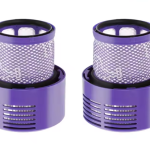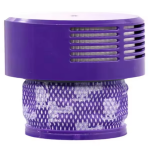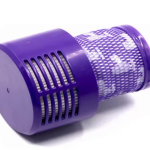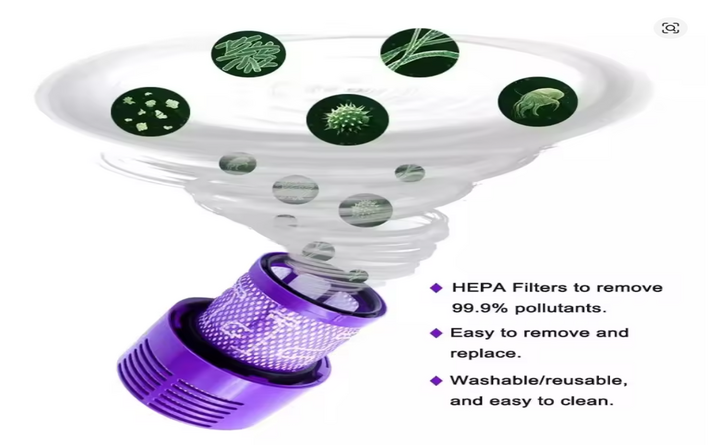


A robot vacuum’s filter is crucial for trapping dirt, dust, and allergens from the air, preventing them from being blown back into your home and protecting the vacuum’s internal components. Common types include washable foam filters for large debris, HEPA (High-Efficiency Particulate Air) filters for microscopic allergens and fine dust, and sometimes specialized charcoal filters for odor neutralization. Regular cleaning and replacement of these filters are essential for maintaining the vacuum’s cleaning efficiency, motor health, and overall air quality.

Filter Type:
HEPA Filter: Designed to trap 99.97% or more of particles as small as 0.3 microns, making it ideal for allergy sufferers and pet owners.
Standard Filter: A basic, cost-effective filter for general cleaning.
Foam Filter: Often washable and reusable, offering a multi-use option.
Activated Carbon Filter: Includes activated carbon for absorbing odors.
Dimensions:
Filter size is critical for proper fit and performance. Specs will include the dimensions in length, width, and height, such as the 105mm x 37mm x 10mm size for some HEPA filters.
Filtration Efficiency:
This measures how well the filter captures particles. HEPA filters are the most efficient, trapping a high percentage of microscopic particles.
Material:
Filters can be made from different materials, like filter paper, plastic, or mesh, which affects their durability and reusability.